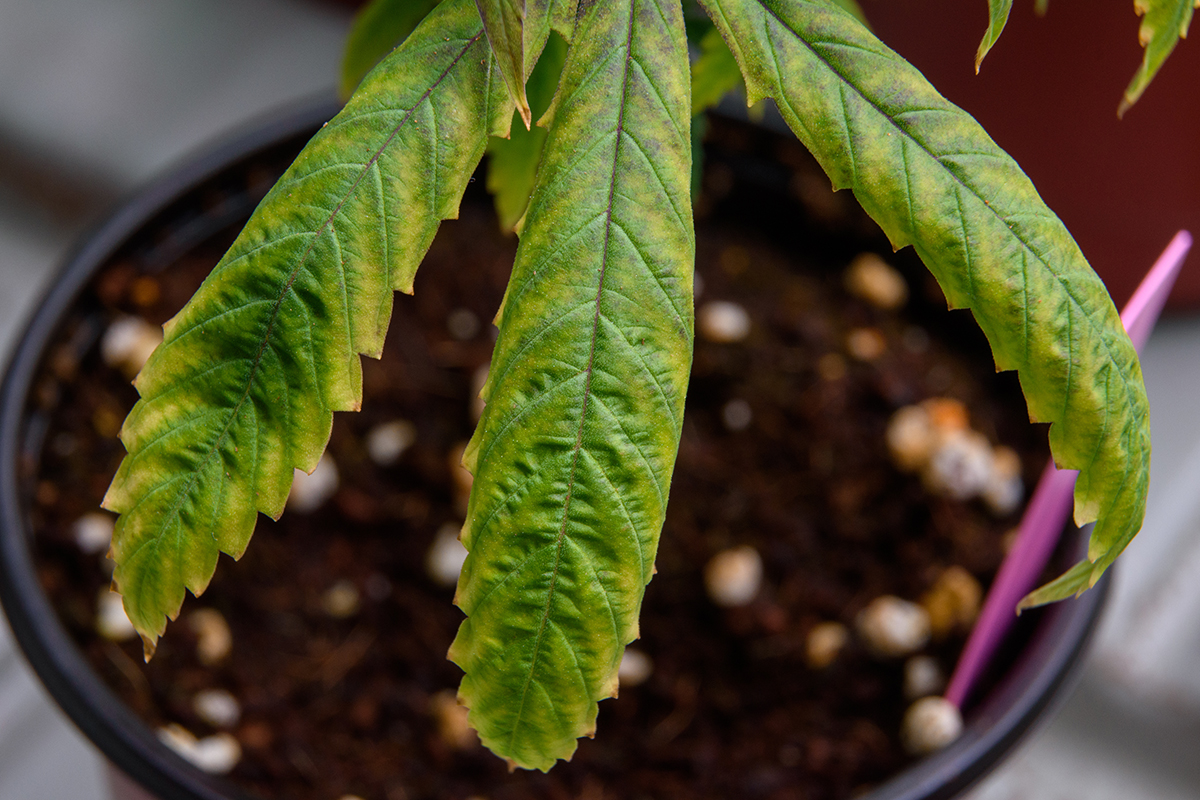Select Your Country/Region
Current Region:
 USA (EN)
USA (EN)
Choose a different country or region to see the content specific to your location
Calcium deficiency in cannabis is a common problem that can severely affect plant growth and yield if not addressed. Calcium is essential for building strong cell walls, developing roots, and maintaining overall plant health. Recognizing and resolving calcium deficiency is vital to ensure your cannabis crop thrives, whether you're growing in soil or a hydroponic system.
Let’s explore its causes, effects, and how tools like the Dosatron metering pump can help fix or prevent the issue.

Detecting calcium deficiency early is key to avoiding long-term damage. Look out for these common signs:
Calcium deficiency affects the entire plant system, leading to:
The Dosatron metering pump is an invaluable tool for addressing and preventing calcium deficiencies in cannabis. It ensures precise and consistent nutrient delivery, making it easier to maintain healthy calcium levels.
With Dosatron, you can:
Incorporating a Dosatron pump into your setup simplifies nutrient management and ensures your plants stay healthy from the vegetative stage through the flowering stage.
Here’s how to keep your cannabis plants healthy and free from calcium deficiency:
Calcium deficiency symptoms can resemble other nutrient problems, so accurate diagnosis is essential:
Calcium is critical for healthy cannabis plants because it:
By acting early and using tools like the Dosatron metering pump, you can prevent issues like leaf curling, brown spots, and stunted growth, ensuring a thriving cannabis crop with higher yields.